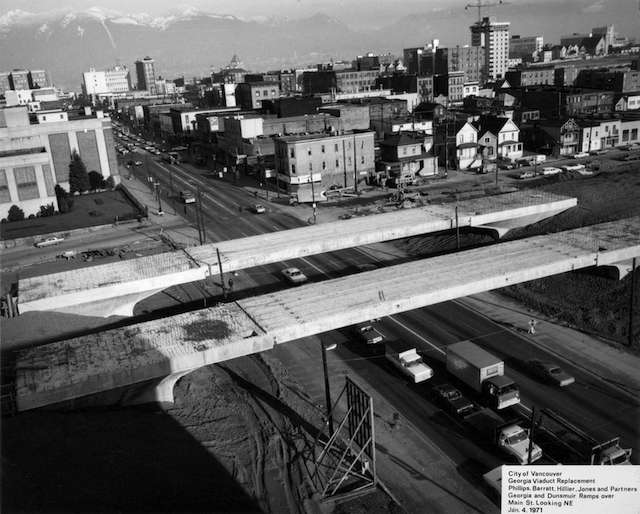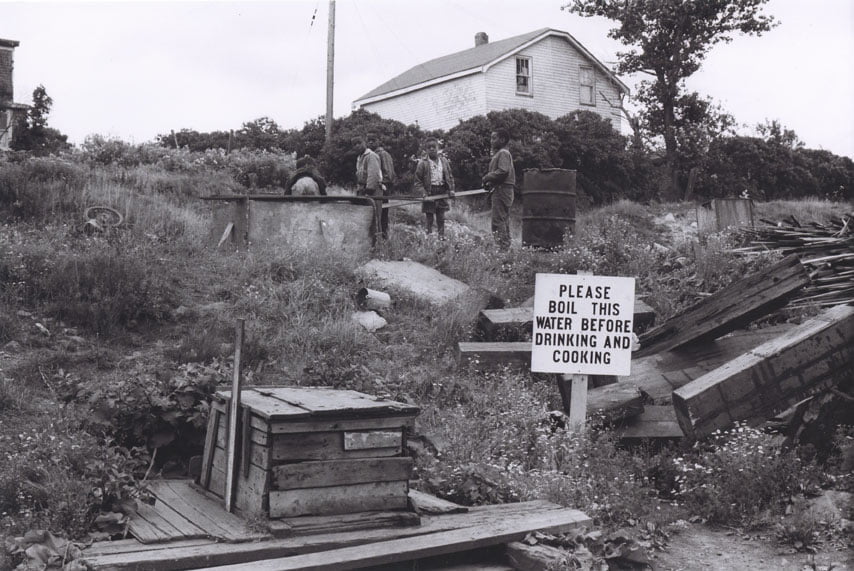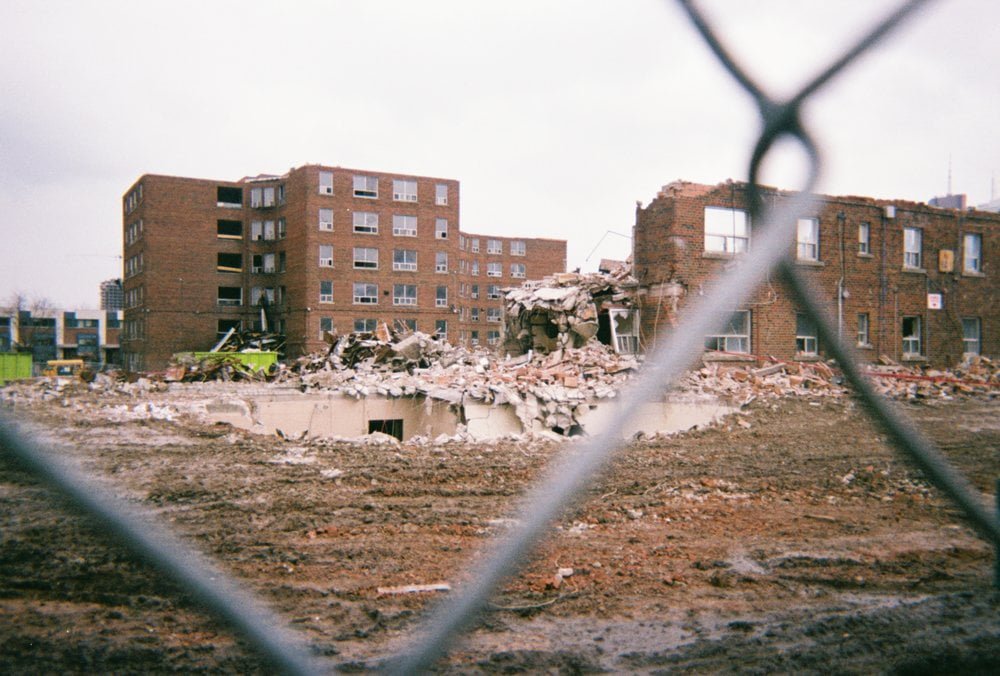Takeaways from ULI Toronto Webinar: Redressing Black Displacement in Canada
The ULI Toronto Webinar held on February 1st, featured Stephanie Allen, Angela Simmonds, Itah Sadu, and Camille Mitchell as speakers who shared messages about how exclusionary land use policies and planning practices have actively contributed to the displacement of Black communities in Canada. The key takeaways from this webinar are drawn from the experiences of Black communities, and the speakers presented solutions for eliminating racist land use policy based on their lived experiences as Black people in Canada, and as Black planners, architects, and advocates.

White supremacy is deeply rooted in Canadian land use policy and planning, which manifests in the form of systemic racism and dates back to the early 1700s when enslaved Black people were forcefully settled on the East Coast by colonizers. Stephanie Allen stated that one of the root causes behind the displacement of Black communities – especially when initiating ‘renewal’ of Black neighbourhoods – is racist land use policy which has excluded Black people from the rights-based property ownership system for hundreds of years, and dismisses their voices from the narrative in the planning process. Overall, displacement of BIPOC communities is an outcome of discriminatory land use policies and practices which are deeply embedded in Canada’s colonial society.


Stephanie stated that policymakers need to hold these existing frameworks in place and rethink how land use policy is utilized, and who those policies serve. She cited that community land trusts are a tool which can be incorporated into policy to give land back and provide BIPOC communities with the opportunity for property ownership.
Key takeaways from Angela Simmonds and Itah Sadu regarding working towards decolonizing the planning process and abolishing the displacement of Black communities, include:
1) Listen to Black communities and accommodate what they are saying, especially during the public consultation component of an urban renewal project;
2) Incorporate Black voices, thoughts, and recommendations into plans and proposals;
3) Be mindful of where you take up space, especially when working for or with a developer that is entering a BIPOC community and proposing significant changes.
These messages should not only serve as reminders for all planners and policymakers about how they can strive to promote an inclusive planning process for all BIPOC folks within a colonial planning system, but they should also be actively incorporated into planning policy. Planners and policymakers need to work towards decolonizing the planning process, and that begins with reforming and rewriting current land use policies which are anti-Black and exclusionary in practice, while also including Black communities in the discourse for how land use policy can be improved to serve their communities in the long-term.
For the month of February, Urban Strategies is excited to honour Black History Month by celebrating the historical and contemporary contributions of Black people and Black communities who have shaped the social fabrics and built forms of Canadian cities. Follow us on Twitter @urbstrat and stay tuned for a month-end roundup on this blog curated by Eli Bawuah and Jamilla Mohamud.